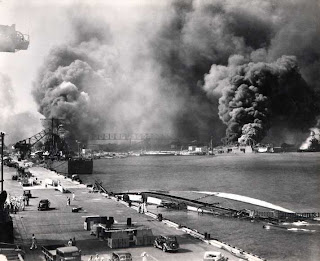I was very interested in Bernstein's description of thing theory in her article, "Dances with Things," and I've been looking for a way to apply it to my ideas about medievalism that have been fermenting these past several weeks. Bernstein's use of photos led me to a favorite site of mine, Awkward Family Photos, and I found several examples of medieval-themed awkwardness. Like the cosplay and reenactment photos I posted earlier, these pictures all involve props and costumes, and I'd like to look at a few of them with thing theory in mind.
Bernstein explains the theory briefly in her article: "Things, but not objects, script actions. Martin Heidegger and more recent scholars of 'thing theory' define an object as a chunk of matter that one looks through or beyond to understand something human. A thing, in contrast, asserts itself within a field of matter . . . The difference between objects and things, then, is not essential but situational and subjective . . . An object becomes a thing when it invites a person to dance." (69-70)
In this photo, the obvious and awkward 'thing' is the chain mail. The family has responded to the thing's invitation to dance with great enthusiasm, but the different ways they have employed it speak to their separate reactions to the thing. The man wears the chain mail in a very typical way, a way that medieval soldiers might have actually worn it. The woman, however, wears hers like a metal bikini. In fact, it immediately reminded me of Princess Leia's infamous metal bikini in Star Wars: Return of the Jedi. The baby's chain mail shows that the parents are interested in their child one day responding to the thing as they have.
I'll call this photo medieval because it seems from the tags on the website that the people in the photo considered it to be so. The things in this picture include costumes, props, and set. The costumes are notably gendered, just as in the chain mail photo, with the man wearing a 'period' costume and the girls wearing sexualized costumes of dubious historical origin. The woman in the back seems to be wearing a 'barmaid' kind of outfit that is slightly more historical-ish than the girls' clothes. The props they are holding also invite this kind of gendered performance--the man holds a sword and the girls hold tamborines.
What I notice most in these pictures is the way that costumes and props from the medieval era tend to script gender. While the men in these pictures are performing fairly literal roles from what they imagine to be the Middle Ages, the women are often adopting highly sexualized and anachronistic roles. The medieval era simply has more to offer male performers, and the women are creating their performances based on an assumption of a male world. This could also be said of race--I didn't find any photos of awkward black families posing in chain mail. In these photos, scriptive things form an essential part of the performance of medievalism, and these things tend to imply a white male performer.










